Beatnik Fashion

Not every member of the Beat Generation wore a beret
by Kali Pappas, First published for the September/October 2014 issue of Finery
As any fan of the Beat Generation writers will tell you, there’s a chasmic difference between the beret-wearing, bongo-beating “beatnik” of popular imagination and the people who created and lived the Beat philosophy in the 1940s, 50s, and 60s. In anticipation of our “On the Road” event in November, I’ve compiled a short list of looks – for both men and women – that combine standard 1950s fashions with enough bohemian sensibility to help you fit in without looking like a stereotype (unless you really want to).
The Beatnik
When most people hear the word “beatnik,” they probably imagine bored-looking bohemian gals in berets and guys in turtlenecks and weird little goatees. These stereotypes are rooted in truth, but like the term “beatnik” itself, they’re not really very representative of the movement defined by the “Beat Generation” nor the people inspired by its counterculture philosophy. The reality is that the intellectuals, artists, and antibourgeois iconoclasts of mid-twentieth century America dressed a lot like everyone else.
Legendary San Francisco columnist Herb Caen created the term “beatnik” in 1958, a portmanteau of “beat” and “Sputnik” (as in the Soviet satellite) that – in conjunction with a short report about freeloading hep cats helping themselves to booze at a magazine party – was meant to poke fun at common perceptions of the counterculture. Namely, that the group was full of lazy opportunists with far-left political leanings. According to Caen, however, Beat Generation mainstay Jack Kerouac (Figure 1) didn’t find it very amusing. “You’re putting us down and making us sound like jerks,” Kerouac apparently told him. “I hate it. Stop using it.”
Indeed, Kerouac himself was more Libertarian than left, and the core of the movement was supposed to be about intellectual independence, spiritual purity, and distance from materialistic concerns. So, how should we approach an event dedicated to the aesthetic of a movement that is often associated with style yet wasn’t really all that into consumerist stuff like fashion?
Artist Josh Agle, also known as “Shag,” illustrated the separation between style and substance in his 2003 work “Beatnik vs. Beat”. The elegant beatniks in the piece have appropriated the trappings of the bohemian stereotype to the exclusion of core Beat ideals, while the disheveled Kerouac lookalike toils unglamorously on his typewriter nearby. The scene offers two sartorial directions: the ironic parody, the real thing, or a little of both.
The Beat Writer
This is the stuff that we can associate with the lifestyle and activities of the active Beat writer. Jack Kerouac was photographed living and working in everything from Pendleton-style shirts and khakis or corduroy slacks to jeans and t-shirts. He and his literary compatriots kept warm with old bomber jackets, twill work jackets, Irish knit sweaters, and pea coats (men and women!). These are all comfortable, functional clothes that anybody in the late 40s, 50s, and 60s might have worn (Figure 2).
The Hep Kitten
On the women’s side, Beat poet Diane DiPrima (Figure 3) presents a crisp blouse and capri set with slick strappy sandals. The look is echoed in the stereotypes. Audrey Hepburn’s cool signature casual look, for example: black capris or cigarette pants, a slim boat necked top in neutral colors, and flats (Figure 4).
Boxy cropped jackets (like the one worn by the girl on the left (Figure 5) in the “Miss Beatnik” beauty contest photo – I know, it seems incongruous, but this was Venice Beach) and turtlenecks (like the one worn by Kim Novak in Bell Book and Candle (Figure 6) or fluffy mohair cardigans are an iteration on the theme. Stretch belts and slim pencil skirts in dark colors work well, too. The key is avoiding fuss – keep things sleek and simple. Very short, rather flat, or somewhat messy hair works. The counterculture wasn’t interested in maintaining a weekly roller set!
The (Jazz) Hipster
This is the original Beatnik, or at least its direct ancestor. The quirky facial hair, jive-inspired vernacular, and bebop-y “rap” speech of the Beatnik stereotype borrows heavily from the urban jazz scene of 1940s New York and the gritty street culture that was often associated with it. A double-breasted suit might feel like a bit much, but it isn’t really as out of place as you might imagine, especially in the 1940s-early 1950s Hipster context. Even the Beat Generation regs wore suits sometimes. In fact, writer William S. Burroughs wore three-piece suits all the time. If you’re uncomfortable going the suit route, a fedora or beret (pick your hipster cliche!) is just enough to put you in with hep cats like Dizzy Gillespie (Figure 7) and Bing Crosby.
The Student
The nucleus of the original Beat Generation crew met at Columbia University, where they were students. Numerous photos of Kerouac, Allen Ginsberg, and the rest over the years show them wearing slacks, button-down shirts, and sport coats, which is essentially the semi casual uniform of the mid-century young adult. Quirky glasses – like Ginsberg’s (Figure 8) – were in then as they are now for both men and women. If you wear these already – like I do – you can use them to help you make something that might otherwise seem unhip a little more cool. Those who don’t wear prescription lenses can get the look with sunglasses during the day.
And speaking of women and accessories – women can literally almost wear anything period and achieve the right look. A simple cotton boat necked dress in a neutral color, no-nonsense pencil skirt with a crisp blouse or sweater, anything! The key lies in keeping things from getting too fancy or formal. A little kooky or bohemian is fine, but showy jewelry or consciously couture looks run the risk of coming off too bourgeois.
The Ethnic Fashionista
The showy exception would be the ethnic stuff; clothes that represent cultural connection, travel, artiness – a bohemian sensibility. Mexican skirts and peasant tops would be perfect for women. Full skirts in international novelty prints with crisp blouses present a variation on the theme. Ethnic-themed dresses – like Trashy Diva’s Del Rio dress (Figure 9) – would work too.
Figure 10 is a photo of famed film costumer Edith Head in a folk-inspired Mexican ensemble. Wearing a peasant top in a dark color, presenting a perfect way to balance a more colorful skirt. Beatnicks in New York City’s East Village wear ethnic-influenced fashions, including an embroidered Mexican peasant blouse.
The last photo in this section (Figure 11) isn’t a “beatnik” outfit, but it does show you an example of a spiffy vintage Mexican circle skirt that could work into one.

The Artist
Maynard G. Krebs from The Many Loves of Dobie Gillis (Figure 12) combined the casual side of The Student with the slovenly side of the Beatnik stereotype to create his messy look. Torn sweatshirt, rumpled khakis, really old jeans – these work for both the incredibly casual and for those who get dirty in the course of their work. Poet and ecological activist Gary Snyder (Figure 13) presents a proto-hippie spin on the look with these woven vests.
With so many options you can toss aside the beret when you walk through North Beach in the steps of the Beat Generation.
Kali Pappas blogs about fashion (historical, vintage, and retro) and her other interests at http://www.strangegirl.com/

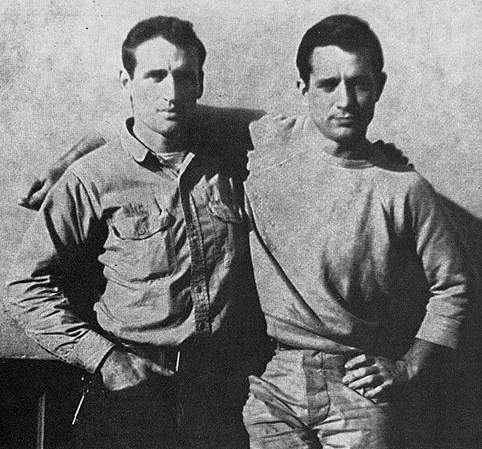
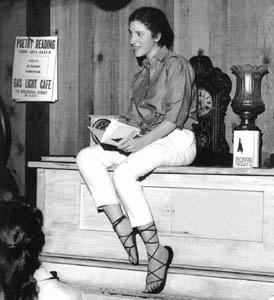
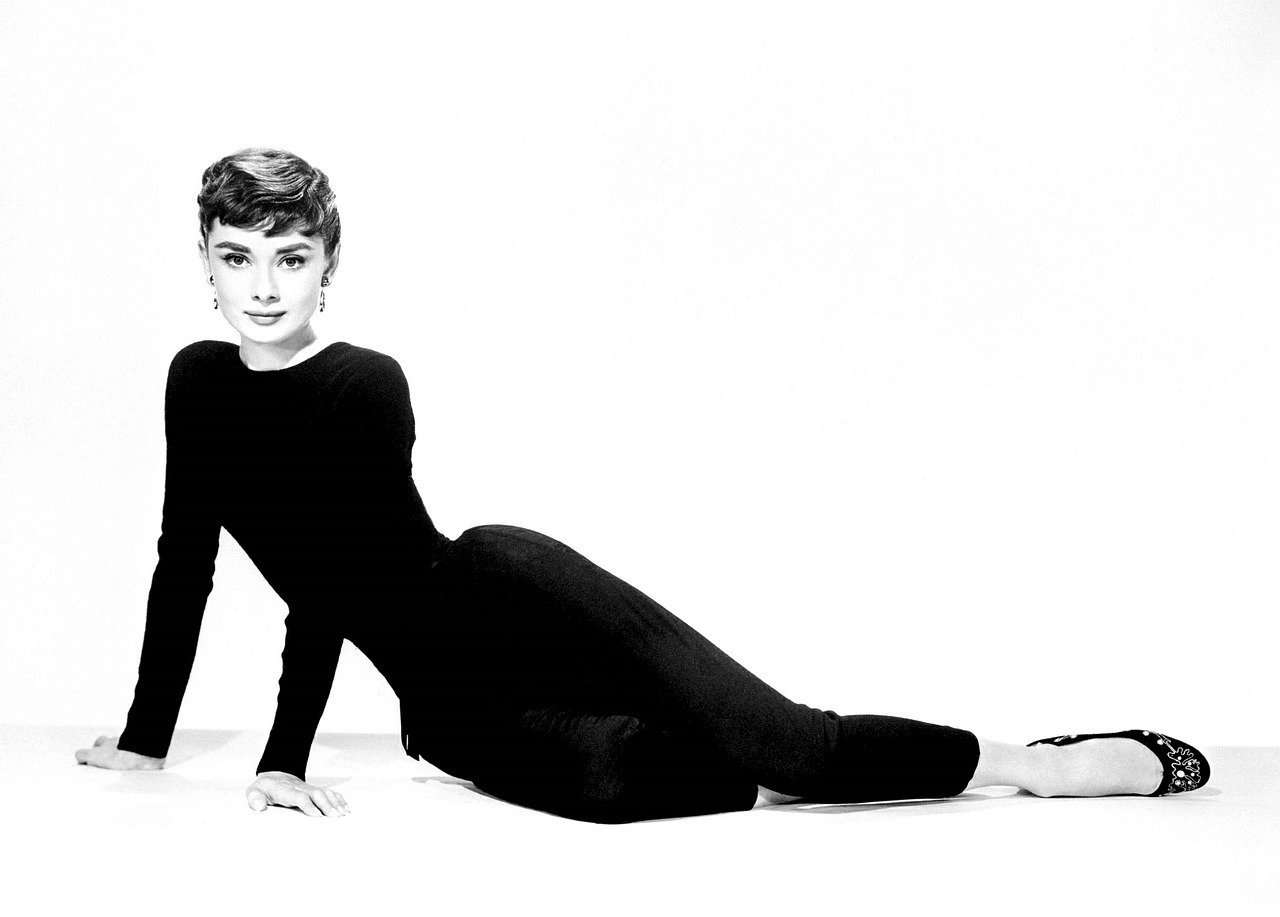
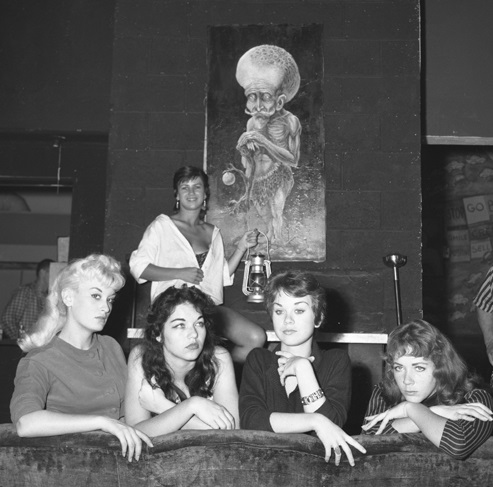

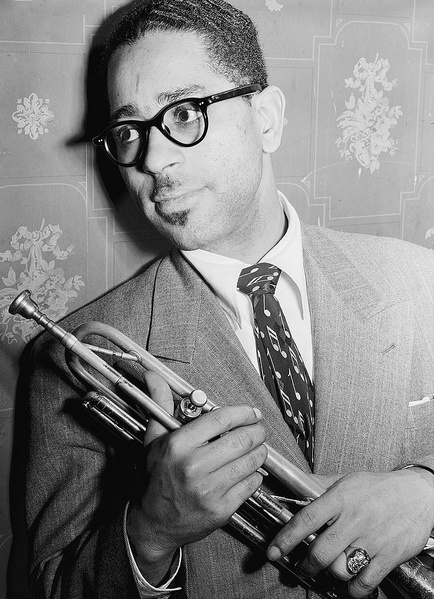
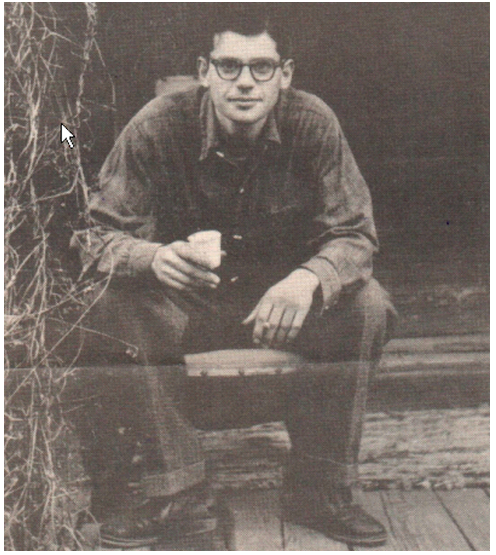
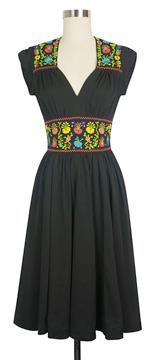
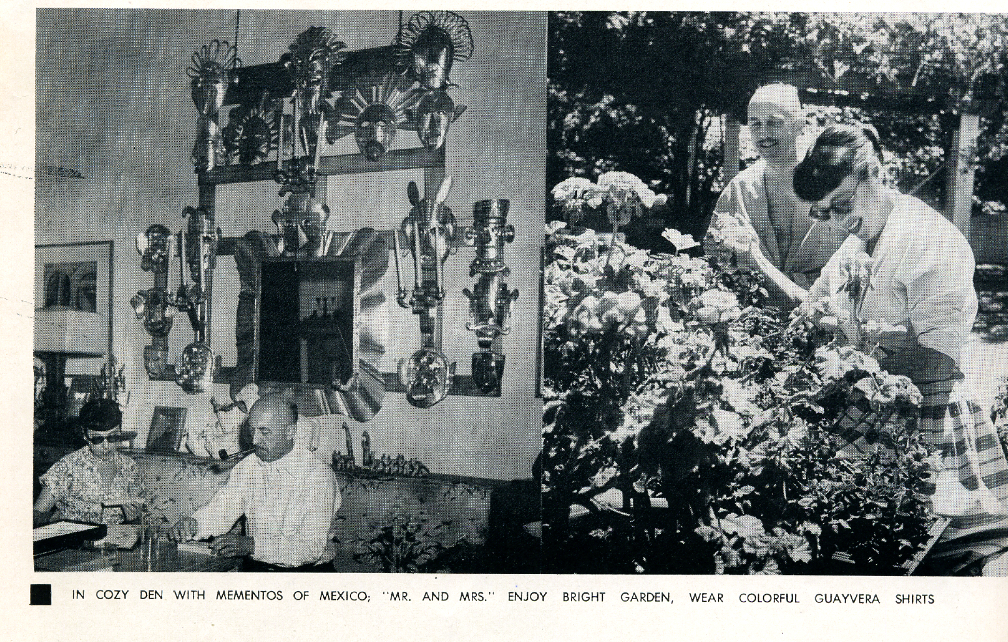
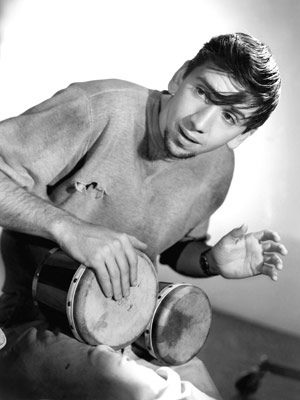

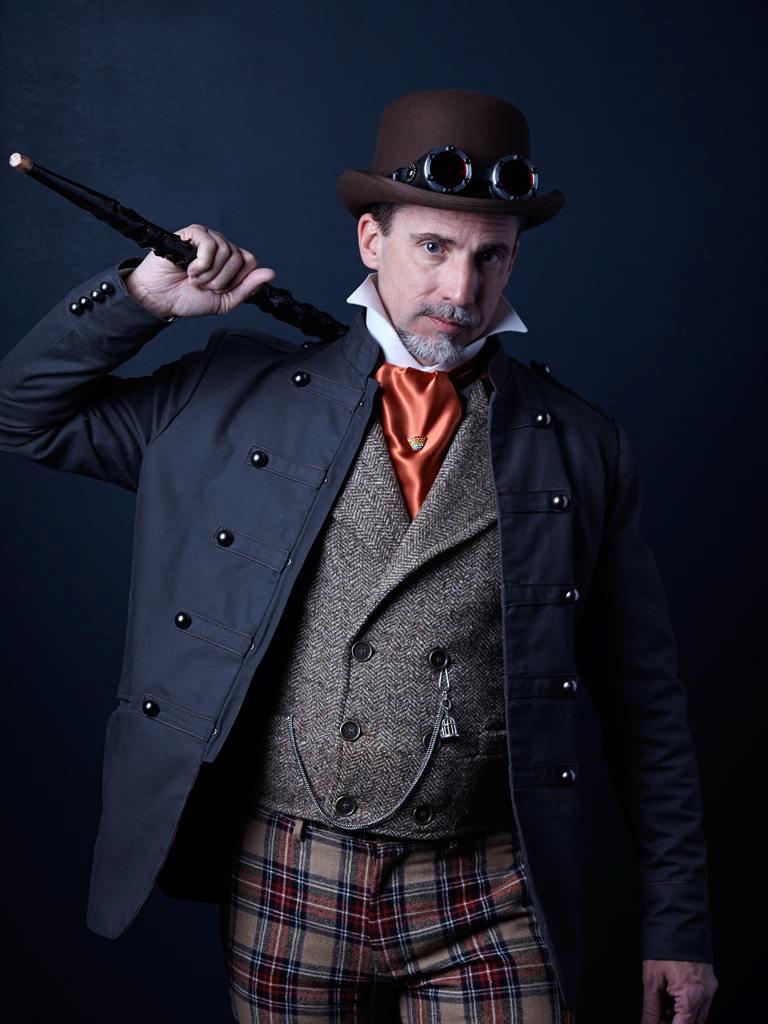
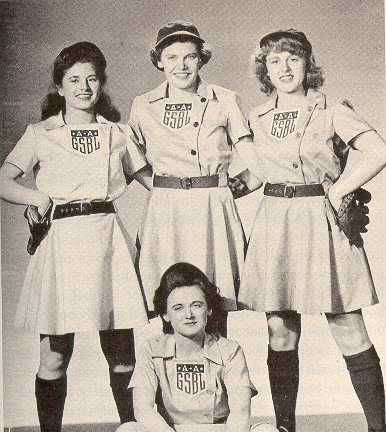
Leave a comment